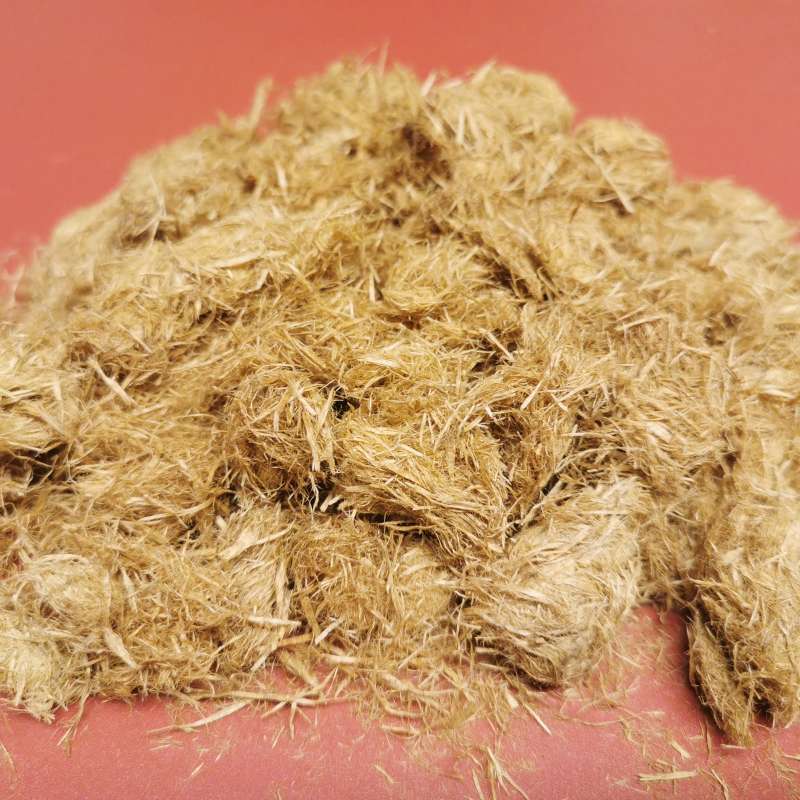Michel Verheul
Seniorforsker
(+47) 934 08 525
michel.verheul@nibio.no
Sted
Særheim
Besøksadresse
Postvegen 213, NO-4353 Klepp stasjon
Forfattere
Michel VerheulSammendrag
Det er ikke registrert sammendrag
Sammendrag
Det er ikke registrert sammendrag
Sammendrag
Det er ikke registrert sammendrag

Divisjon for matproduksjon og samfunn
Emission-free smart greenhouse farming: increasing tomato production while reducing energy needs in a closed greenhouse system using an ECS

Divisjon for matproduksjon og samfunn
Emission-free smart greenhouse farming: increasing tomato production while reducing energy needs in a closed greenhouse system using an Environmental Control System

Divisjon for matproduksjon og samfunn
Planteproduksjon i kontrollert klima

Divisjon for matproduksjon og samfunn
JordbærSmak: En optimalisert moderne produksjonsteknologi for mer smakfulle norske jordbær
Det er et mål å øke produksjonen i den norske grøntsektoren, inkludert jordbær, med inntil 50 prosent de kommende 15 årene. For å oppnå dette må dyrkingssesongen utvides, men da trengs en mye bedre kunnskap om hvordan man kan påvirke planteveksten og ta i bruk teknologi for å overvåke og beskytte plantene, uten at det går utover kvalitet og smak.

